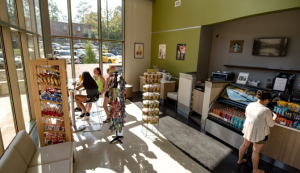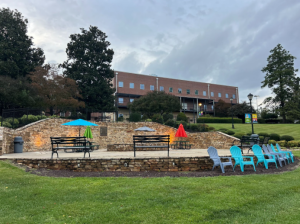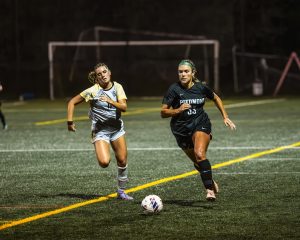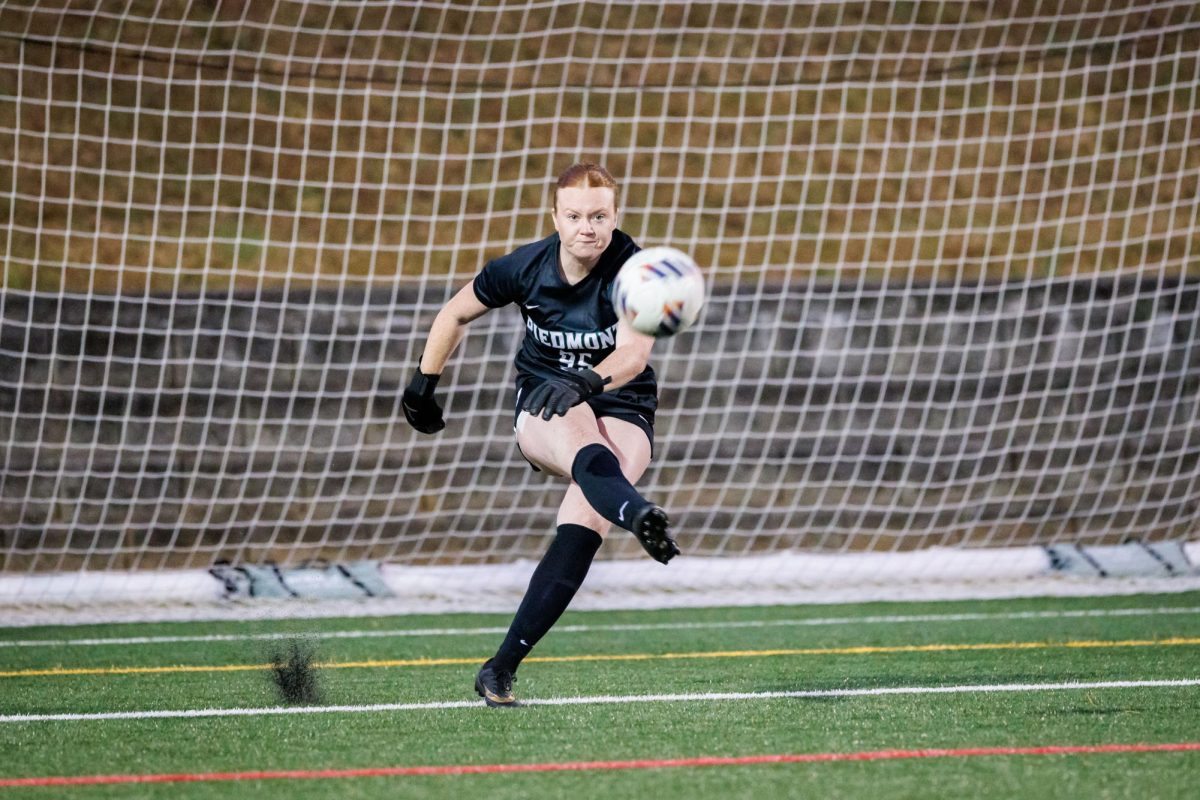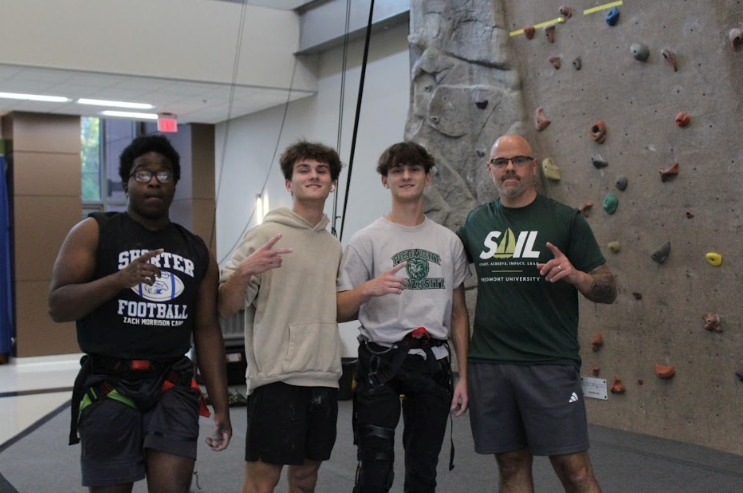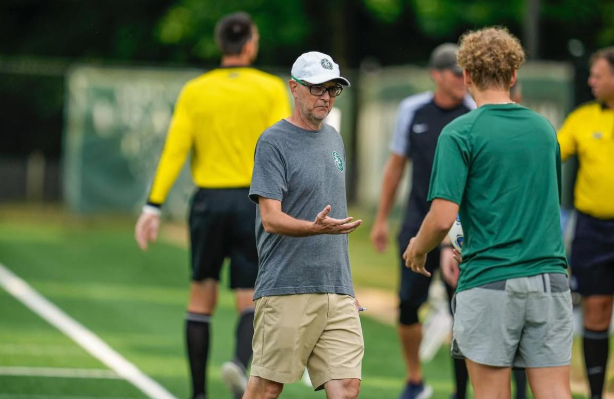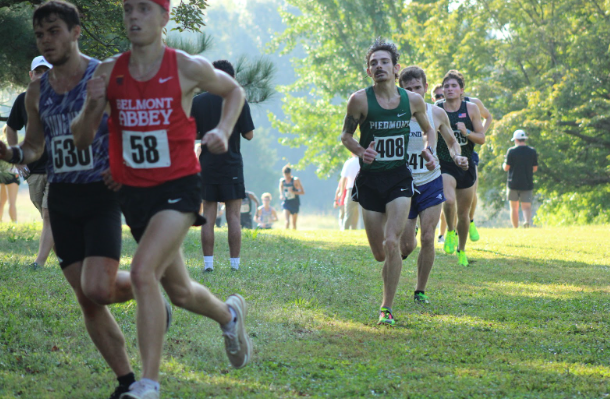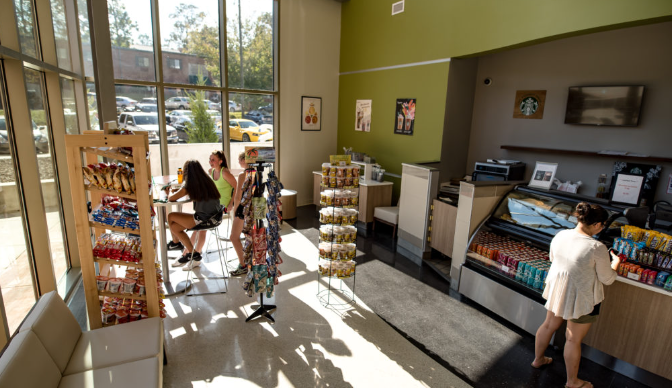Results Matter: The Impact of Increased Sports Branding in Division III
February 17, 2023
Many may consider the key to any athletic organization mainly depends on the program’s culture or identity, both of which can raise topics for discussion. Some may say coaching is most important for success, others could say training, and the list can continue along.
While all aspects of preparation are essential for overall achievement, there isn’t anything to prepare for if there are no athletes to fill the roles necessary for a sports team to compete at a high level. For this reason, recruitment at the Division III level, and all levels of collegiate athletics, is the heartbeat for a healthy team looking to do what is expected from any competitor: play hard and win games.
Social media is playing an increasingly prominent role in access to Division III athletic programs like never before. While larger funded programs, technological advancements allow broadcast components to connect the existing online presence. This creates an experience that the consumer on every spectrum could appreciate.
Fans, athletes, and, most importantly, recruits are impacted by the positive exposure of a Division III athletic department that makes a more significant impact than ever before.
Senior mass communications major Anya Olson took over the Piedmont Women’s soccer program’s Instagram account in 2019.
In a recent podcast episode of “Socially Athletic,” when asked about the results of the Instagram ownership, Olson said, “The change was almost immediate; there was good feedback from fans from all angles.”
Recruiting, in particular, was one of the main impacts noticed by Olson, as she explained further in the episode. It raises a good point for conversation, considering the importance of an online presence is vital in modern outreach processes.
As mentioned in previous articles, the lasting impact of COVID-19 has sped up the process for smaller Division III schools to catch up with the technology required to provide these opportunities, and the benefits have shown on a wide scale.
“The behind the scenes that now becomes more public connects fans from far away and also draws new fans to the school helps in all kinds of ways,” said Olson. This creates a double-win situation for the Division III school implementing the technological upgrades, as well as the fans, athletes and recruits that all appreciate the improved availability.
While the sports media environment continues to develop, there will always be adjustments that can be made to existing broadcast setups. Elements including equipment quality, broadcaster experience and the background entertainment appeal are included in areas ripe for growth.
As trends in modern media practices fluctuate, Division III athletic programs must stay in tune with these changes to remain aware of the ever-rising production standard. For Piedmont and other small southern institutions, the future continues to prove bright and exciting for sports enjoyers of all kinds.
Tune in to “Socially Athletic,” the sports media podcast, for more content. “Socially Athletic” releases new episodes every Thursday on all major streaming platforms.





